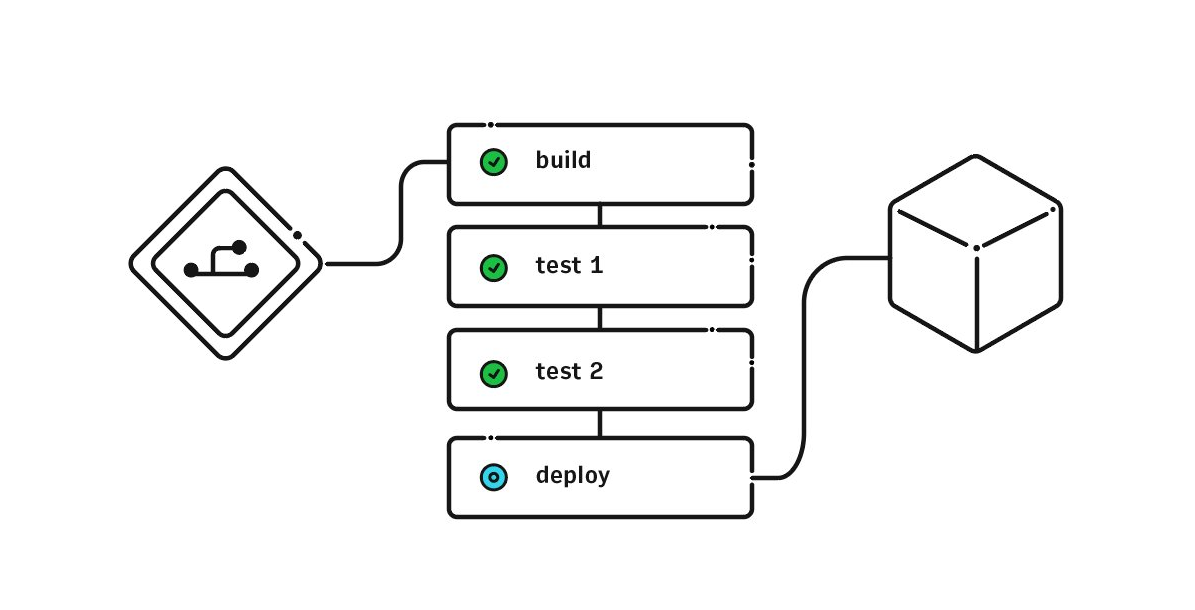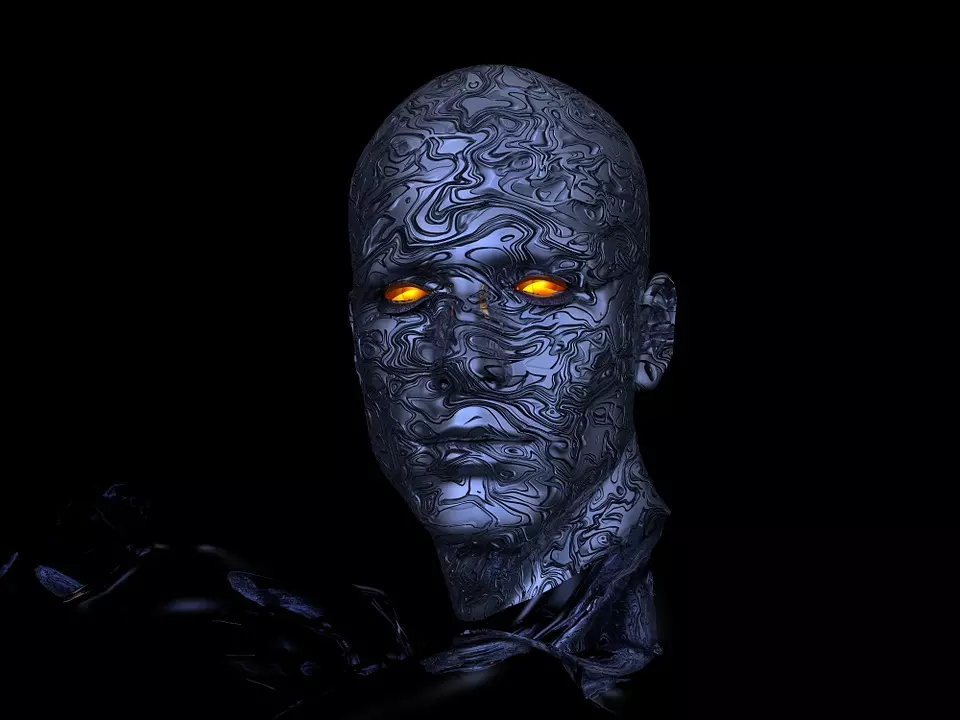First there was “Jaws 3D.” Then came “The Lion King,” “Avatar” and “Titanic”… all in 3D. Will “SOA in 3D” be as much of smash as its predecessors?
In its original incarnation, SOA (service-oriented architecture) was mostly about transport protocols. How can you connect Point A to Point B and exchange information? Today, it’s about security and service-level agreements, privacy and policy—and multiple processes working simultaneously.
The notion of SOA in 3D came out of a discussion I had with Hub Vandervoort, CTO of SOA infrastructure products at Progress Software, for an article on SOA I wrote for the May issue of this magazine. Vandervoort described it as SOA in a federated world.
“If you think of process, like a BPM diagram, it’s a 2D canvas that shows you one process at a time, like a Visio diagram,” he said. “But in fact, if my business is made up of many of these, and I stack them up like a card deck, I need like a V axis to drill through that card deck and see the cross-process to understand how they’re interacting with one another.”
So SOA in 3D is about gaining visibility into processes as they are executed, in real time. But Vandervoort takes it a step further, to point out that real-time business intelligence is not in fact real time unless you’re in a position to act on that data. Business intelligence, he noted, traditionally surfaces information in a timeline that isn’t actionable: you get a report at the end of the day, or month. That allows you to change your process for the future, but leaves you unable to act on something, like a short-term sales opportunity. He gave the following example:
“If I got a report 5 picoseconds after a patient has died that he was having an irregular drug interaction, the report is lightning fast but the guy’s still dead, right? I need the information in a timeframe that I can actually do something about it. But that’s visibility. If I can’t actually do something about it, even if it’s actionable information, if I’m not in a place where I can stop it, it’s really not real time yet.
“The other half of real time I always assert is you have to be in the circuit. The metaphor is that if I’m watching cars drive around a racetrack at 150 miles an hour, I can take a picture of one that was about to spin out and it would fully develop over my LCD screen. The problem is I’m siting up in the stands, I’m not down in the driver’s seat where I can do something about it. Unless you’re in the circuit, even actionable information isn’t real time enough.”
And that’s SOA in 3D: the ability to gain visibility into multiple processes, and to act on the information in real time. “And what’s equally interesting is that the most calamitous problems, the really gnarly stuff, the really nasty stuff, doesn’t usually happen within a single process,” Vandervoort said. “It usually happens when two or more processes either come together in unexpected ways, or fail to come together in expected ways, where my ordering process doesn’t align with my inbound supply-chain process, and that doesn’t connect to my outgoing-order process or fulfillment-delivery process. If those things don’t work together, I have things on the loading dock that should have shipped, I have things that didn’t ship when they should have, I don’t have backorders ordered and all kinds of customer staff problems in the process.”
David Rubinstein is editor-in-chief of SD Times.






